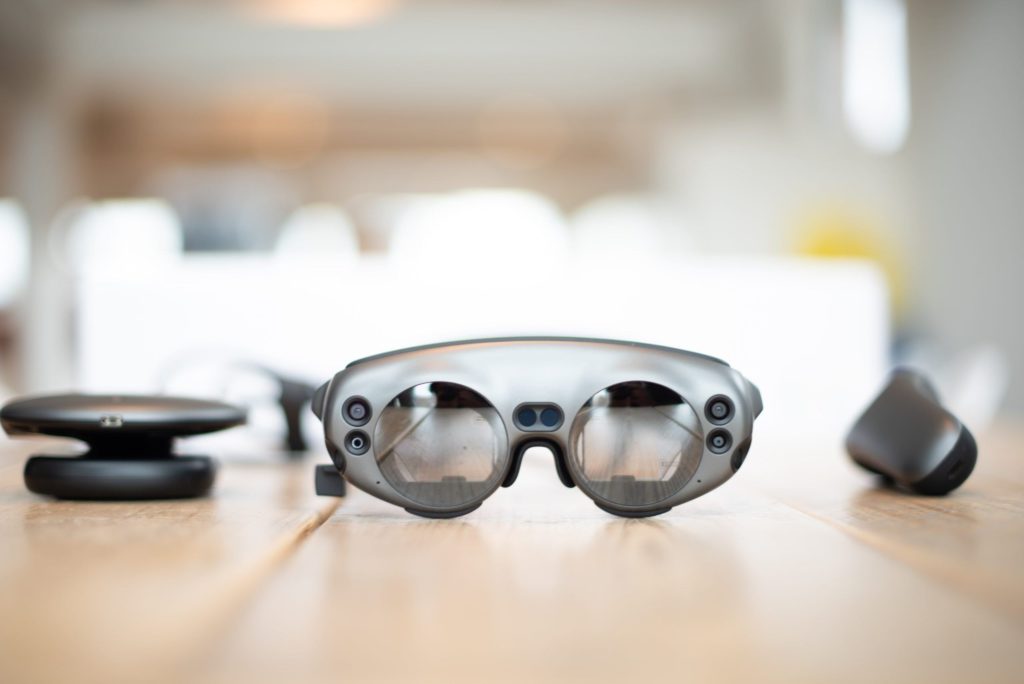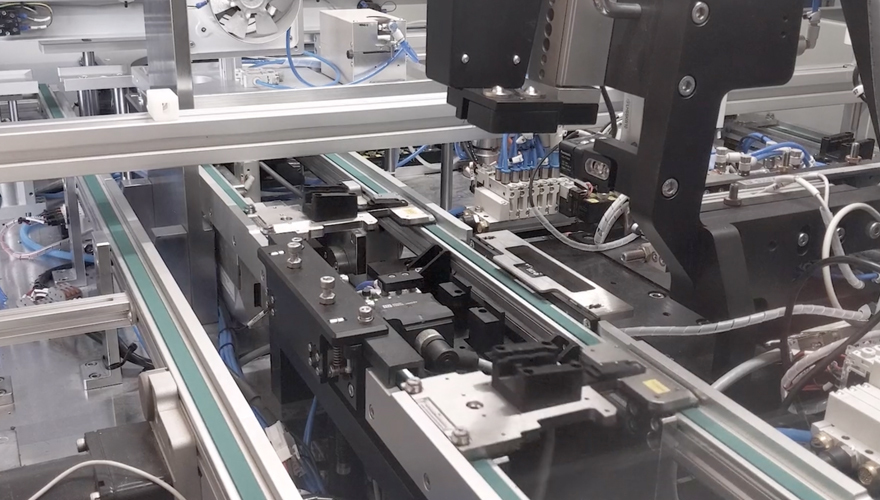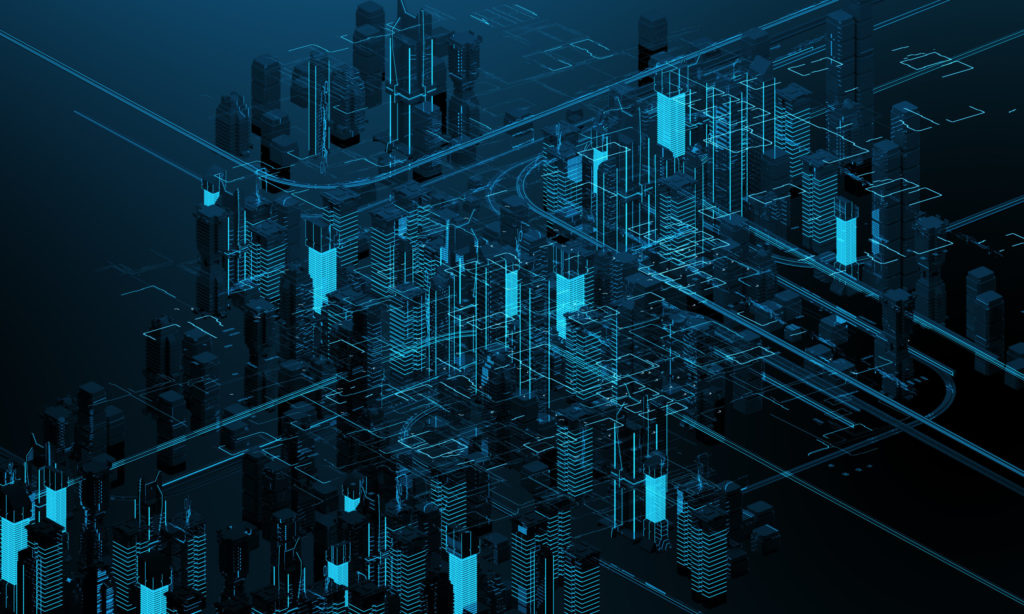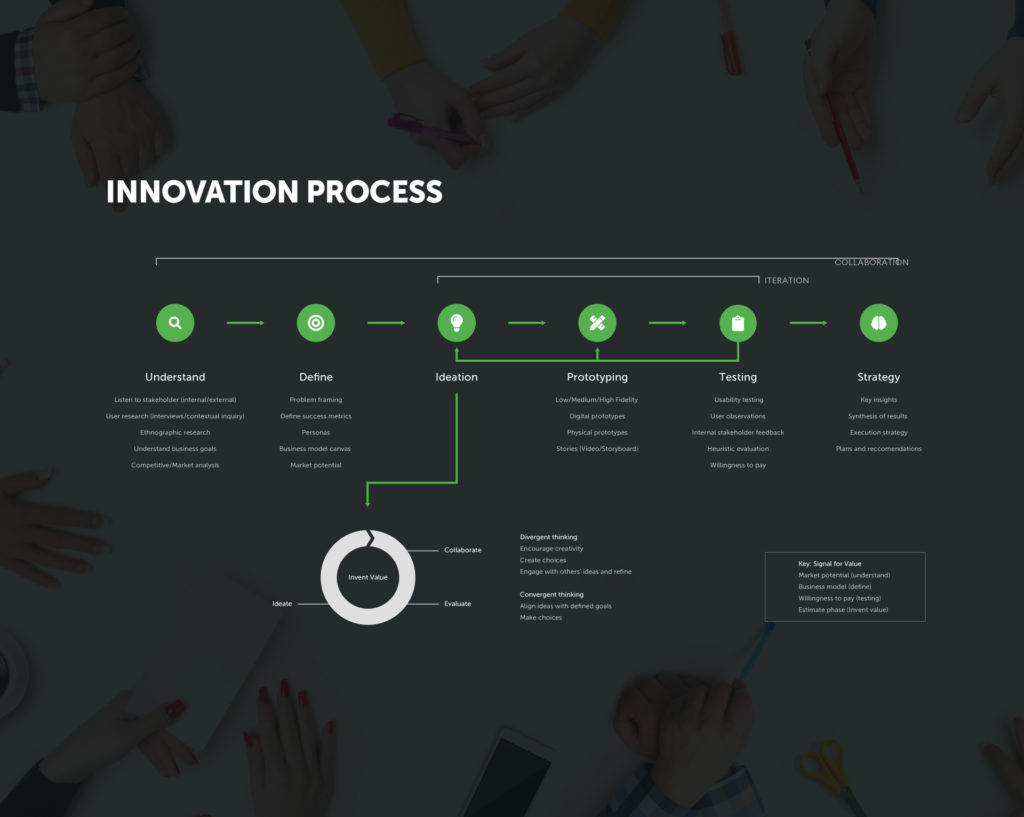Article
15 Examples of Human Augmentation in Everyday Life

Across the globe, engineers, entrepreneurs, and policymakers are rapidly exploring new and marketable applications for human augmentation technology.
Most of them are being designed to help people fulfill their long-lived desire to be smarter, faster, stronger, tougher, and more attractive, and to build new abilities that not long ago seemed like science fiction.
In this post, we’ve outlined 15 examples of human augmentation across a broad range of industries. These examples intend to replicate, supplement, and sometimes exceed human ability for the betterment of our society.
Replicating Human Ability
The first level of human augmentation is replication. This refers to any augmentation that replicates something a typical person can already do. You’ve likely seen examples of replication in your own life—take prosthetics, for example. A prosthetic leg or arm doesn’t provide the individual with an ability that most humans wouldn’t already have. It simply replicates a preexisting human function and provides it to someone who may not have had it previously.
While it may seem like the least exciting of the three categories—there aren’t too many lasers or rocket packs involved—it is in many ways the most significant. Replication helps level the playing field for those who’ve suffered a tragic illness or accident or who were born with deficiencies that make meeting everyday needs more challenging.
These devices provide immense psychological benefits to their users. We’re starting to see more advanced examples of prosthetics every day that get closer and closer to the real thing, creating important new opportunities from the people who need this technology.
Replication Examples
- Naked Prosthetics: A company that creates custom hand prosthetics for individuals who have had their fingers amputated. They are one of the first finger prosthetics manufacturers to provide their users with extremely high levels of dexterity.
- eSight: A wearable device similar to glasses that provides legally blind individuals with the ability to see their environment. The device has cameras on the front that take in the environment in near-eye quality and display it on a screen that sits right in front of the wearer’s eyes.
- MotionSavvy: A platform that translates sign language into speech and speech into sign language, acting as a personal translator for deaf people. While these products are currently geared towards businesses with deaf employees, they could eventually expand into apps on smartphones, making sign language communicable for anyone.
- Cochlear Implants: Cochlear is one of the first companies to develop such a product that restores hearing without requiring an external hearing device to be worn.
- Bioprinting: The process of creating organic tissues (organs, bones, skin, etc.) using 3D printing techniques. While this technology is still in its earliest stages, it has the potential to completely redefine the medical industry and how we typically think of healthcare.
Supplementing Human Ability
The second level of human augmentation is supplementation. This takes replication one step further by enabling us to do things that are already humanly possible, but better—run faster, jump higher, endure more. We’ve already seen the effects that enhancing human capabilities can have through computing.
Steve Jobs famously stated during a 1990 interview that a computer is “like a bicycle for the mind,” allowing humans to think, create, and communicate to a degree not previously possible. Human augmentation that supplements our intellectual and physical limitations could reshape our culture. Supplementing our strength, speed, endurance, and five senses would redefine the human experience and expand our possibilities.
Supplementation Examples
- Exoskeletons: Wearable, mechanical devices that can be worn on the outside of the body. They typically provide the wearer with artificial strength and endurance. The Sarcos Guardian is an example of an industrial exoskeleton that allows a human worker to lift up to 200 pounds, perform precise operations with heavy machinery, and handle repetitive motions without strain.
- Neuralink: Another project by Elon Musk with the ultimate goal of creating a brain-computer interface (BCI). If successful, the project would allow individuals to interact with a computer on a neural level. While this project is still in its infancy, Musk has a track record of making impossible ideas a reality.
- Waverly Labs: has created a set of earbuds that can translate conversations in real-time, completely sidestepping the need to learn foreign languages. While the languages it can translate are limited, and it isn’t completely reliable, it’s a strong step forward.
- Google Glass: By now, everyone has at least heard of this technology, even if you’re not entirely sure what it does. While the device has had a rocky start (mostly due to a premature announcement), vision augmentation is becoming increasingly popular.
- HoloLens 2: is a mixed reality headset from Microsoft that allows people to visualize and manipulate objects in holographic form. The device has many commercial and industrial uses, such as 3D computer-aided design and design collaboration, employee training and virtual instruction, and gaming.
Exceeding Human Ability
The final level of human augmentation allows humans to exceed normal abilities. Flying, for example, counts as exceeding human ability.
While this kind of augmentation is often the most exciting, it’s still the most far off in the future—leaving fewer examples. The majority of current applications involve special use cases, like the military or specific industries. That said, these kinds of augmentations are in the realm of possibility and could become commonplace sooner than we think.
Exceeding Examples
- Zapata Flyboard Air: A turbine-powered hoverboard. The driver stands on top of it like a skateboard or surfboard and can fly up to 500 feet in the air. While the device is available for purchase, quotes seem to hover around a quarter of a million dollars. That said, the company is working to make the product more practical and affordable.
- Invisibility Cloak: The idea of turning invisible certainly captures people’s imaginations, and while we don’t quite have the technology ready yet, we are getting closer. Various researchers have already come up with ways to make certain surfaces and objects invisible, and they’re trying to apply the same concepts to human cloaking.
- Artificial Blood Cell: While still theoretical, research by Robert Freitas Jr. has explored the possibility of creating artificial blood cells. This idea was born from research into mammals—whales, dolphins, etc.—who can hold their breath underwater for long periods of time. The assumption is that their blood cells are better at storing oxygen, which we might be able to recreate.
- Nanobot: Even though the word rings of science fiction, these have a very high potential of becoming a normal part of the medical industry. According to Wikipedia, a nanobot is “a robot that allows precise interactions with nanoscale objects, or can manipulate with nanoscale resolution.” These bots can be deployed into the human body to perform specific tasks that do things the human immune system can’t on its own, such as targeting and attacking certain diseases and cancers the human immune system struggles with.
- Synthetic Memory Chip: It’s no secret that hard drives are much better at retaining their memory than we are. They are also able to access that memory with greater speed and accuracy. This idea motivated neuroscientist Theodore Berger to explore synthetic memory chips that can be installed in the human brain. While still conceptual, the project could allow people to have “perfect” memories that never forget information.
These 15 examples show the variety of options available for human augmentation today, but we are still in the early stages of development for this technology. The challenge will be to create augments that can seamlessly integrate with the wearer and impact our lives for the better.








